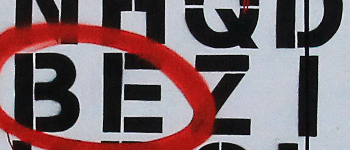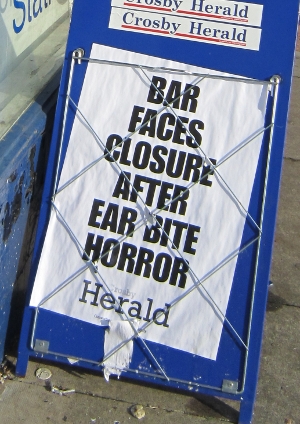I love the word skeuomorphic. Skew-O-Morphic. It sounds like a twisted kind of superpower. In fact, it means a design that resembles a material or technology other than itself. Computer interfaces use skeuomorphs as metaphors (desktops, wastebaskets, radios, filing cabinets and so on). This practice often heralds a period of transition. People are encouraged to see something new in terms of something old so that they can grasp its purpose. Often inventors and designers must themselves use the shapes of past technologies in order to discover new vocabularies of design. A car is a horseless carriage until it's just a car.
So what about the book? In the New Statesman a couple of months ago Tom Abba argued that the future of the the book shouldn't be skeuomorphic.
He says:
...with notable exceptions like The Silent History on iPad, the knee-jerk reaction of the publishing industry has been to copy the form of a physical book, skeuomorphically, creating something that bears a resemblance to print but doesn’t do much else besides.
This, he argues, is to fail to exploit the possibilities of digital and network capable texts. I'll encounter some of these possibilities, no doubt, in future posts. Not least of which will be Abba's own collaboration (with Nick Harkaway and Neil Gaiman among others) these pages fall like ash.
Story is at the heart of this project. REACT’s Books and Print programme asks us to consider what happens when digital technology meets reading and writing. Our response is to define a grammar for writing in a digital space, where attention is a commodity and interaction is an anticipated mode of engagement. We chose to work with two writers who have each, in their own way, explored the grammar of writing platforms—be that television, comics, novels or radio—and whose voices we can add to our own, and those of our audience to create something singularly new.
I'm not sure that Abba quite nails what this is all about in his article.. which, I suppose, is precisely the point when a design vocabulary doesn't yet exist. But clearly there's some interesting blurring of the roles of reader and writer, ideas about collaborative storytelling, evolving texts and so on. All worth exploring. It would be nice if we could have all that and still keep something vaguely book-shaped, though. Not least so that I can say skeuomorphic for a while yet.




